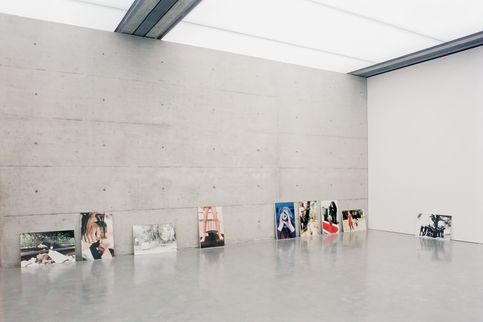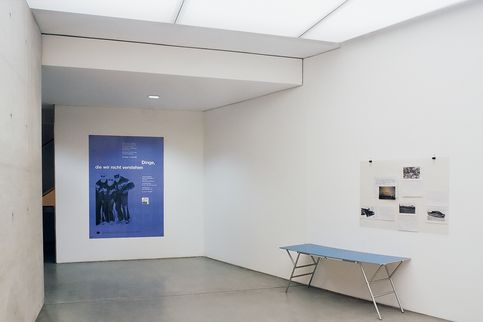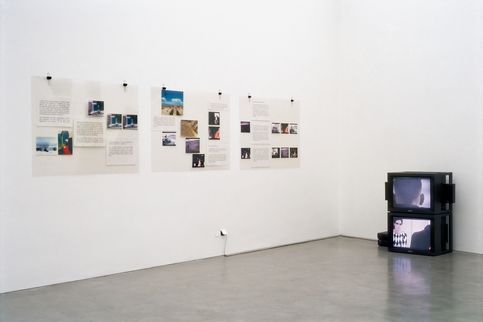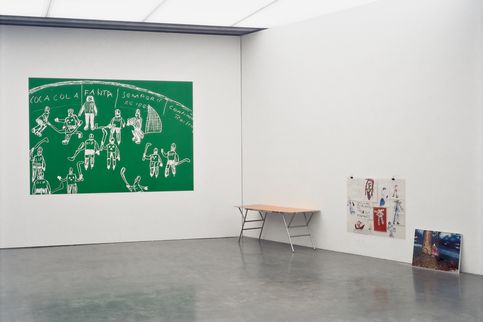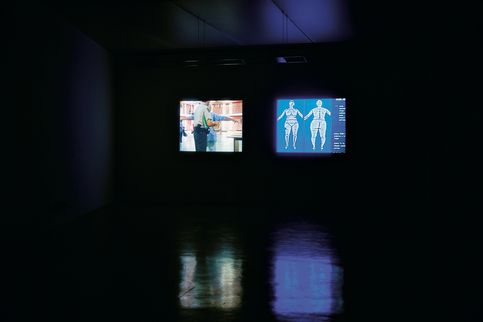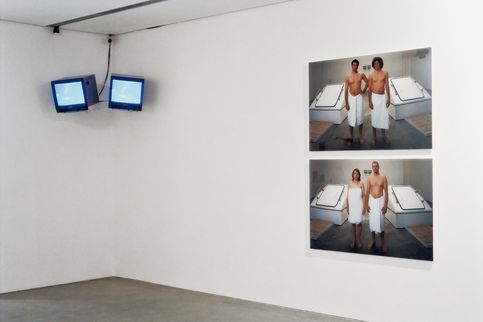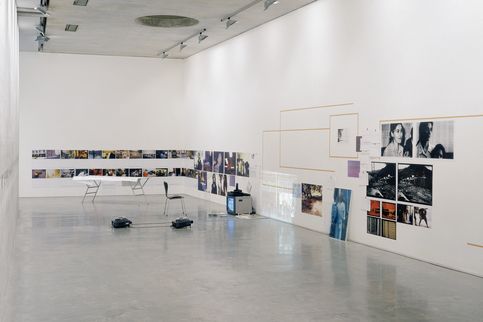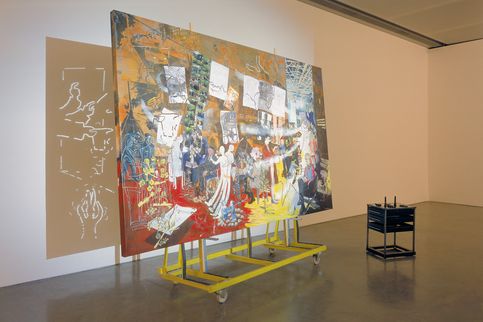Things we don't understand
Guest Curators: Ruth Noack, Roger M. Buergel
Exhibition production: Hemma Schmutz
Works by Eleanor Antin (USA), Ines Doujak (AT), Harun Farocki (GER), Peter Friedl (AT), Inigo Manglano-Ovalle (ESP), Nina Menkes (USA), Alice Ohneland (GER), Alejandra Riera (ARG)
Irritation is part of the experience of contemporary art. Baffling situations, disturbing people, and bewildering things that incite a lack of understanding disrupt the course of our daily lives and our established world views. And at the same time, no one wants to accept the notion that the world consists of nothing other than convention. Art has the social function of representing this Other to society. A bourgeois understanding of art conceives of this as the freedom of art, while art as a critical practice sees it as a possible tool for rendering visible the excluded, repressed, or unthinkable. In fact, neither the site of art, nor its contents or practices in and of themselves are free or critical. The meaning of art always depends on the specific situation in which artistic practices and audiences meet.
The exhibition seeked the point where aesthetic experiences and the experiences of our daily lives merge into one another. The artists in this show used found objects, documentary photographs, conventional fictions, use objects, and genres. In doing so, they did not consider these materials or their own means of expression to be neutral but, rather, saturated in power relations. Though their works had diverged in form and content, all of the artists were interested in an aesthetic transformation of the everyday that would cause irritation. However, the intention was not to cause misunderstanding or confusion in the observer, or to provoke a potentially traumatic experience. Irritation as an artistic procedure was meant to create a situation in which understanding itself is transformed. In order to do this, we need things we don’t understand.
Eleanor Antin (*1935), whose 1971 video "Representational Painting" became a paradigm of feminist art by showing up male-dominated Body Art, has established her mastery of the absurd theatrical productions of the Self and its existential modes. In the guise of the ballerina, nurse, or dethroned king, she has enacted transgressions of the day-to-day rationality that determines most social relations.
Ines Doujak (*1959) displayed 414 pseudo-archival photographs from six thematically different areas in a filing cabinet marked "Untitled." Her decidedly feminist production of images circles around the question of making visible the sexuality of old crones, lesbian sado-masochism, the im/possibility of symbolically representing the freedom of young girls, and the cultural narratives concerning mass rape during the Yugoslavian War.
Harun Farocki (*1944) examines the connection between architecture, society, and the disciplining of individuals in this new work, a video double-projection entitled, "Ich glaubte Gefangene zu sehen" (I Thought I Saw Prisoners).The video material at the heart of this production is difficult to digest. It shows quarrelling inmates being shot by wardens in the courtyard of an American high-security prison. The shooting area is simultaneously the viewing field of the monitoring cameras and the marksmen. This work, which was produced specifically for the exhibition, has been bought by the Generali Foundation for the collection.
Peter Friedl (*1960) is involved with the arrangement of social space in a way which defines objects as active carriers of psychological determination. In "Eishockey" (Ice Hockey), a child's drawing blown up to poster size, effects of heightening and emptying simultaneously feed into one another.
Inigo Manglano-Ovalles (*1961) offered an installation, "The El Nino Effect," (1997-98), which imitates a wellness-scenario. There, at a location that is supposed to instill a sense of relaxation, the individual is, instead exposed to experiences of radical otherness that have been smuggled in.
Nina Menkes (*1963) based "Bloody Child" (1996) on the feminist analysis and critique of the oedipal logic of narration. This film replaces classical narration with a language of forms showing that we are not merely shaped by race, class, and gender, but also by colors, lines, and composition.
Alice Ohneland dissects the prerequisites of then artistic production with the aid of a historical model that makes visible the parity of pre-industrial and post-Fordist methods of production (piece-work, outsourcing). Her large-format painting served simultaneously as a projection figure and a display screen, by means of which the present comes into view.
Alejandra Riera (*1965) formes picture-and-text montages that circle around the relation between existence and truth: How, in view of a world determined by the media, would it be possible to comprehend the reality of a political prisoner without slipping into either sentimentality or numbness? The text spoken by the photographs, joined together like syntagmata, enters into a dialogue with the picture captions.
